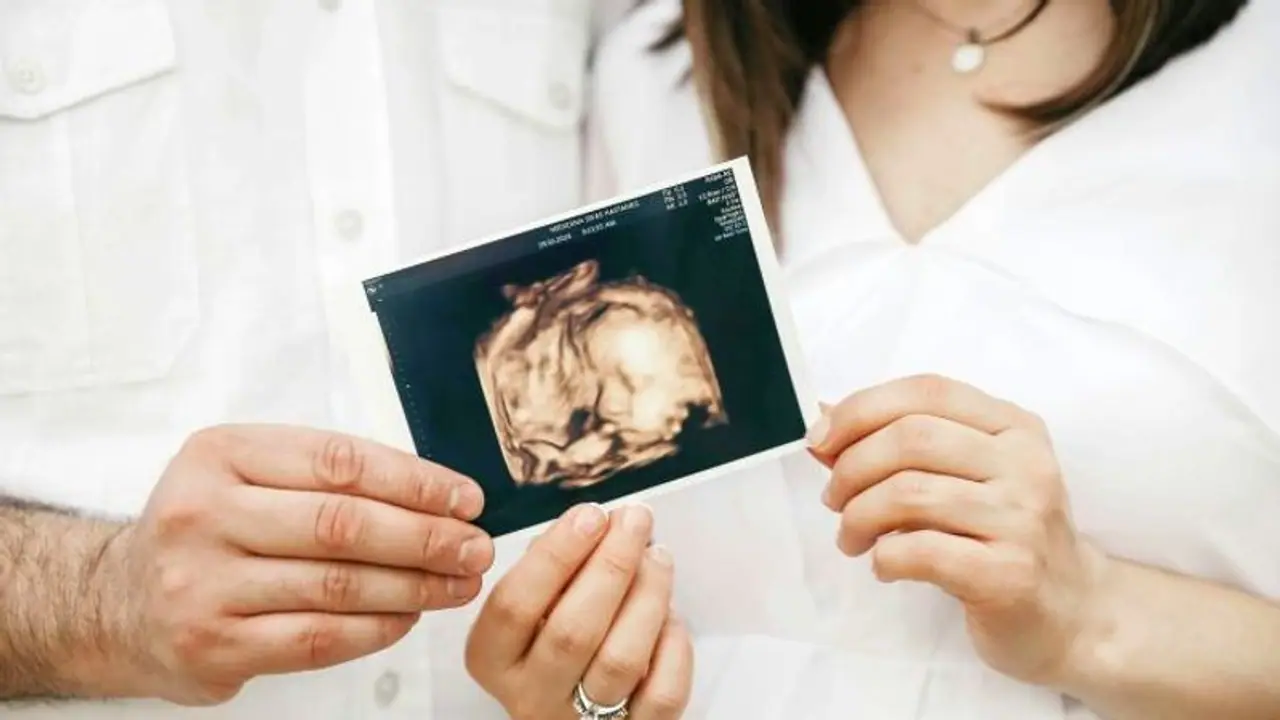Indian researchers from BRIC-THSTI Faridabad and IIT Madras have collaborated to develop Garbhini-GA2, a novel model for accurately estimating fetal age during the second and third trimesters of pregnancy. This India-specific model addresses limitations in existing Western-centric formulas
Researchers from BRIC-THSTI Faridabad and IIT Madras have collaborated to develop an India-specific model for accurately determining the age of a fetus during the second and third trimesters of pregnancy. Named Garbhini-GA2, this model addresses the limitations of existing formulas designed for Western populations, which often lead to errors in estimating gestational age (GA) among Indian women.
The Garbhini-GA2 model, developed as part of the GARBH-Ini program, utilizes ultrasound parameters and genetic algorithm-based methods to enhance accuracy.
How does it work?
The research findings, published in the Lancet Regional Health Southeast Asia on February 13, 2024, showcase the effectiveness of Garbhini-GA2, developed using genetic algorithm-based techniques. This model, when applied during the second and third trimesters of pregnancy, outperforms current methods, notably reducing the median error in gestational age (GA) estimation by over three times compared to the Hadlock model.
While ultrasound dating in early pregnancy remains the standard practice for determining GA, many Indian women undergo their first ultrasound later in their pregnancy. By employing Indian population-specific GA formulas like Garbhini-GA2, which offer superior accuracy, there's potential to enhance pregnancy care and improve outcomes. Accurate dating also bolsters the precision of epidemiological estimates for pregnancy outcomes nationwide.
Upon validation in prospective pan-India cohorts, Garbhini-GA2 could be implemented in clinics across the country. This adoption would elevate the quality of care provided by obstetricians and neonatologists, ultimately contributing to the reduction of maternal and infant mortality rates in India.
Why is this significant?
Supported by partnerships with various medical institutions and funding from government initiatives like the Department of Biotechnology (DBT) and Biotechnology Industry Research Assistance Council (BIRAC), this research underscores the importance of collaboration between clinicians and data scientists in addressing clinical needs effectively.
Dr Shinjini Bhatnagar, the principal investigator of the GARBH-Ini program, emphasized the significance of integrating technological advancements into healthcare workflows to achieve tangible benefits. Dr Himanshu Sinha from IIT Madras highlights the institution's commitment to leveraging data science and AI/ML techniques for enhancing public health in India, starting with accurate gestational age models.
Dr Rajesh Gokhale, Secretary of DBT, applauded the development of population-specific models under the Garbh-Ini program and their ongoing validation across the country.
